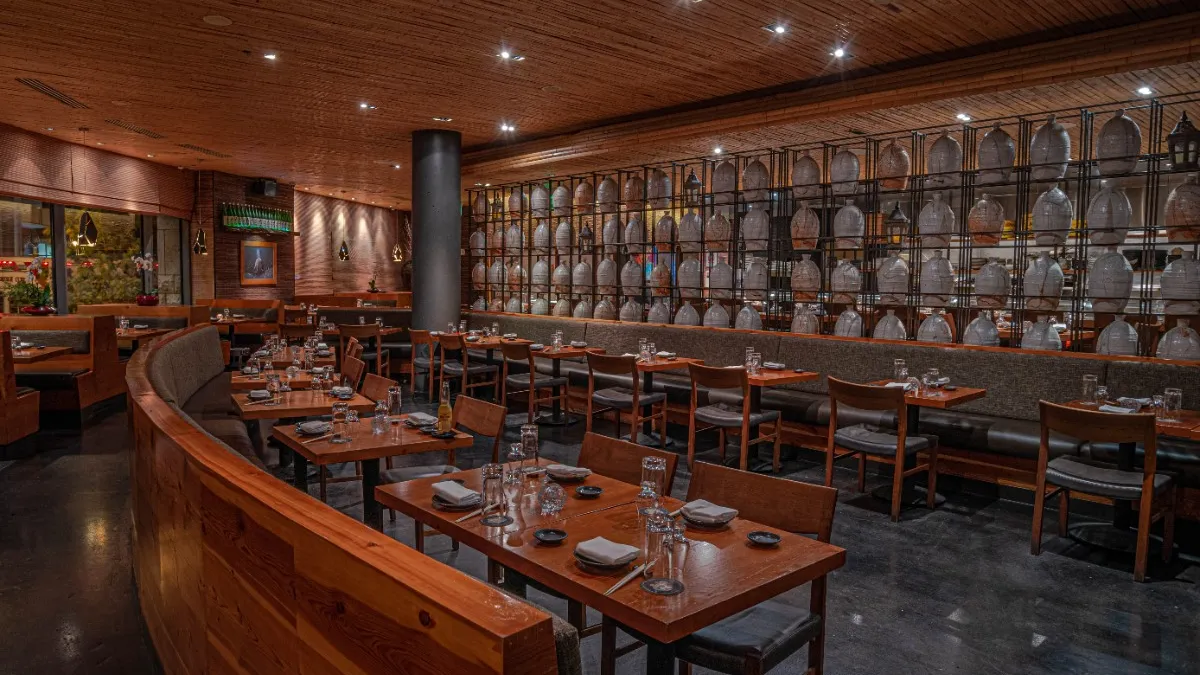Dive Brief:
- A new report from HealthCare Insider finds that 21% of consumers see life returning to normal in the summer, while 18% believe normalcy will return in the fall and 20% believe it will be 2022 or later. Just 13% believe things will never be normal again. The survey gauges normalcy through 10 activities, including not wearing a mask in public, family gatherings and dining indoors.
- Twenty-six percent of respondents said they're already comfortable dining indoors, while 7% say they are most looking forward to dining indoors again.
- Comfort levels around dining indoors vary by demographic. Men are 40% more likely than women to feel comfortable dining indoors by the spring, while millennials are nearly 30% more likely than Baby Boomers to feel comfortable doing so. Consumers in the Midwest (29%) and South (27%) are more likely than people in the Northeast (25%) or West (22%) to say they already feel comfortable dining indoors.
Dive Insight:
These disparate comfort levels could affect recovery. During the recent ICR conference, BTIG director Peter Saleh said, "The West Coast and Northeast have felt the most amount of pain for the longest period of time. If you look at the same-store sales right now for the past several months in Texas and Florida, they're down substantially but nowhere near as bad as what we see in other parts of the country that have essentially been locked down since the month of April."
Dining rooms are open in a majority of the country, but remain closed or partially closed in some states. California, Oregon and Washington have enforced some of the strongest restrictions in the country, which could perhaps explain why consumers in the West feel less comfortable dining indoors than those in the South, which doesn't have nearly as many restrictions.
Perhaps surprisingly, just 4% of consumers said outdoor dining was the trend most likely to continue in a post-pandemic world, according to the Healthcare Insider Survey. This contradicts recent research from Constant Contact which finds most consumers expect outdoor dining to become a standard feature in 2021. Regardless, outdoor dining is likely to stick around long enough to at least appeal to the nearly 75% of consumers who aren't comfortable dining inside a restaurant right now, with municipalities like New York City making their outdoor dining programs permanent.
Though many consumers are optimistic that things will return to normal sometime this year, the restaurant industry itself isn't likely to recover until after this year of transition, when vaccination reaches critical mass and consumer trepidation fades. In the meantime, off-premise business will likely stay elevated as it has been since the onset of the pandemic.
Consumer perception will also depend on the correlation of outbreaks to restaurants. A Centers for Disease Control and Prevention report found that adults who tested positive for COVID-19 were twice as likely to have reported eating at a restaurant the two weeks before falling ill than study participants who tested negative for COVID-19. But the National Restaurant Association has argued that eating at restaurants, however, isn't a risky behavior. The association urged the National Governors Association to stop using the industry as a "scapegoat" for rising cases, claiming there is no scientific link connecting restaurants to rising COVID-19 cases. The NGA was the recipient of the association's letter because of restrictive measures placed on restaurant capacity, which vary by state.









